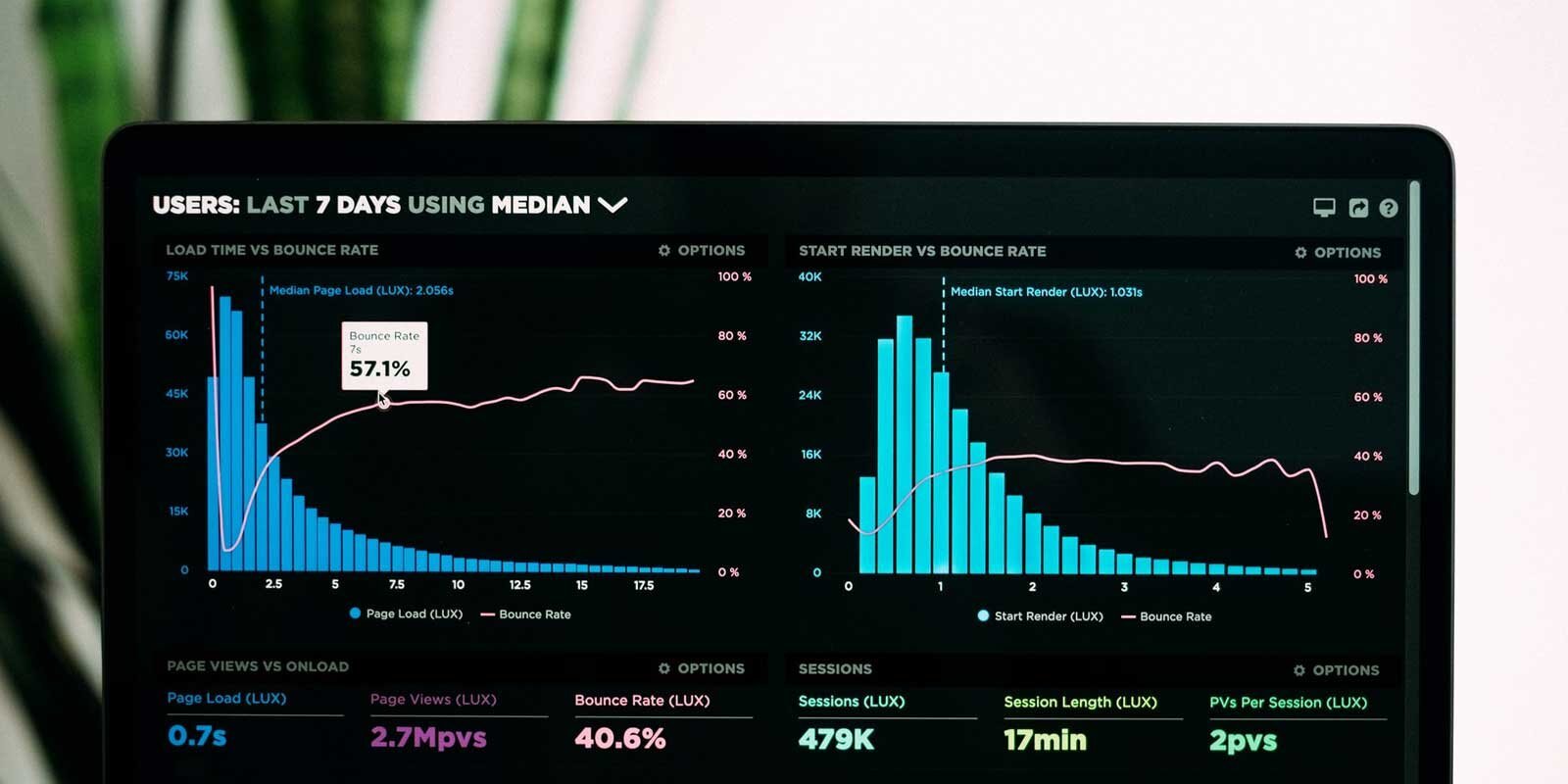6 BI Best Practices Decision Makers Must Adopt
Highlights
BI best practices start with developing a BI strategy.
To harness the power of business intelligence, personalize the experience, measure the right information, create a single source of truth, and maximize adoption of BI tools.
Starting with baby steps can help companies to achieve loftier goals.
Business intelligence (BI) best practices are more important than ever. Many organizations leverage business intelligence insights to lead company-wide digital transformation. From streamlining operations to identifying market trends, this set of tools and technologies empowers brands with the necessary data to help enhance performance and increase growth.
Recent seismic shifts in the market have reshaped the economy, forcing companies to look at new ways of doing business. More and more organizations are using the power of business intelligence to guide improvements that ultimately build resilience into their operations. From supply chain management to customer engagement, these insights are proving critical to helping companies adapt to uncertainty and react in an informed, confident manner.
6 BI Best Practices Decision Makers Must Adopt
To help your organization realize BI’s full potential, we’re sharing the top six BI best practices we use with our clients to optimize business intelligence solutions.
1. CREATE A BI STRATEGY
This is business intelligence best practices 101: Successful business intelligence requires a proper understanding of your organization’s needs at a department, team, and sometimes even project level. Failure to develop a comprehensive and coordinated roadmap when introducing a BI approach can significantly disrupt efficiency and end up costing time, money, and frustration.
That’s why, before you invest resources, it’s wise to invest time in developing a clear strategy that outlines focused objectives and measurable outcomes for your BI efforts. Be sure to include all key stakeholders to help define relevant pain points and explore how different BI tools may serve as a solution. While this step may seem overwhelming, Prime 8 has tried-and-true frameworks that can help organizations of any size quickly develop a BI strategy.
Remember, data is only as strong as the actions taken to use it, which is why developing a clear roadmap is paramount to the overall success of your business intelligence implementation.
2. USE CUSTOMER DATA TO PERSONALIZE THEIR EXPERIENCE
By harnessing the right information at the right time, companies can make smarter and more informed decisions to better understand their customers.
From the different channels customers are using to engage with your company to the amount of time they spend on your website or implementing your product, it's now possible to monitor and analyze patterns in the customer’s journey in order to anticipate and even predict future behavior.
These deeper analytics enable audience segmentation beyond just psychographic and demographic profiles. Such data makes it possible to hyper-personalize your customer’s experience. Using the data available to you, ask yourself:
How can I hyper-personalize the customer experience, based on what I know?
Can I develop a predict model that makes it possible to deliver custom product recommendations or custom marketing funnels?
How can I grow brand loyalty?
Building and sharing customer reports and dashboards with others at your organization will help spark innovative ideas for improving your customer’s journey (and, ultimately, your revenue and bottom line).
3. USE A BI TOOL TO MEASURE THE RIGHT INFORMATION, NOT ALL OF IT
It's clear by now that business intelligence offers organizations access to valuable insights; however, keep in mind that not all data is productive data. While it may be tempting to use your BI tool to measure just about . . . well, everything, harvesting too much information without an actionable plan to use it can actually disrupt efficiency.
As the saying goes, “quality over quantity.” Forgoing strategy while over-extracting data might not only stunt momentum but also hinder innovation as superfluous insights take priority over ones that could actually be applied more productively. This is why it's so important to implement a BI strategy that you can use to structure insights that will fuel long-term, sustainable growth.
4. CREATE A SINGLE SOURCE OF TRUTH (SST)
Data is the key requirement for a data-driven business culture, yet a recent survey reports that on average, 58% of organizations are making at least half of their regular business decisions based on gut feeling.
What’s more, data shows that around 64% of C-level executives act as final decision makers in B2B purchases. With the majority of executives spending more than half their workdays in meetings and briefings, it’s imperative to streamline the flow of information to ensure sound decision making.
No one wants to intentionally run their business on intuition in today’s highly complex and competitive environment. Data-driven decision making requires that the right data be accessible — at the right time, in the right place, to the right people.
One of the BI best practices is to use a Single Source of Truth (SST). An SST is a data source that has been determined to be the guiding light, or approved data source, for reporting and decision making. Centralizing the data to make it available to the right people, at the right time, helps to democratize data-driven decision making.
An SST removes the debate around whose source is right. It enables data visualization in a reliable and complete manner. It lowers the barriers to accessing data, addresses data quality and accuracy issues, and enables faster, more intelligent decisions by providing all departments with one integrated source that houses company data and insights.
By aggregating data into a single shared location, organizations can cultivate a more collaborative and efficient data-driven culture.
One of our clients wanted to onboard their clients faster. They implemented changes to the process, but they needed a way to see if their new program was working.
With the need for better reporting, the client leveraged Prime 8’s expertise to build BI dashboards that reduced data silos and improved the data review process. They narrowed their focus to specific KPIs in certain parts of the program and developed a single source of truth (more on this in the next BI best practice) that allowed for multiple vantage points. In short: they had their cake and ate it too.
5. MAXIMIZE ADOPTION WITH TRAINING
Business intelligence tools can be intimidating for new users who find the influx of information challenging to digest. That’s why it's so important to empower users with the training they need to understand the data presented. By equipping your team with the proper training from the start, you’ll have knowledgeable users who thoroughly understand how to interpret, structure, and apply data to best support your organization’s goals.
If you already have business intelligence tools in place and are having difficulty in getting stakeholders to use them, look to training as a solution for improving user adoption.
6. START SMALL, AIM BIG
Business intelligence is a step-by-step journey that often requires extraordinary patience and discipline. Your strategy is an ever-evolving process that involves feedback, adjustments, and collaboration. To promote long-term sustainable growth, begin by implementing small milestones that will grow as your strategy does. By balancing priority with longevity, you'll be able to foster an environment that fuels innovation, efficiency, and powerful transformation.
Applying These BI Best Practices to Your Organization
Regardless of where you are in your BI journey, we can help you get to the next step. Learn more about our approach to business intelligence and how implementing these best practices can help accelerate your organization’s journey to BI maturity.
























